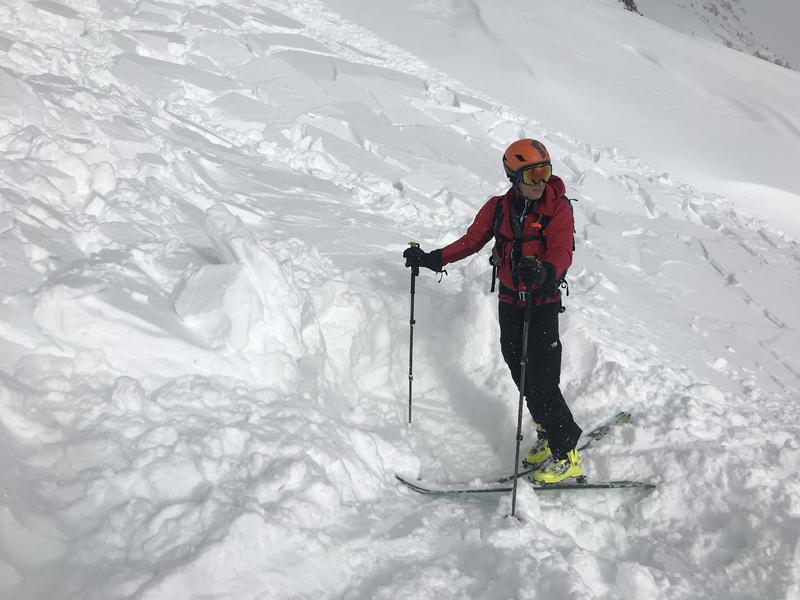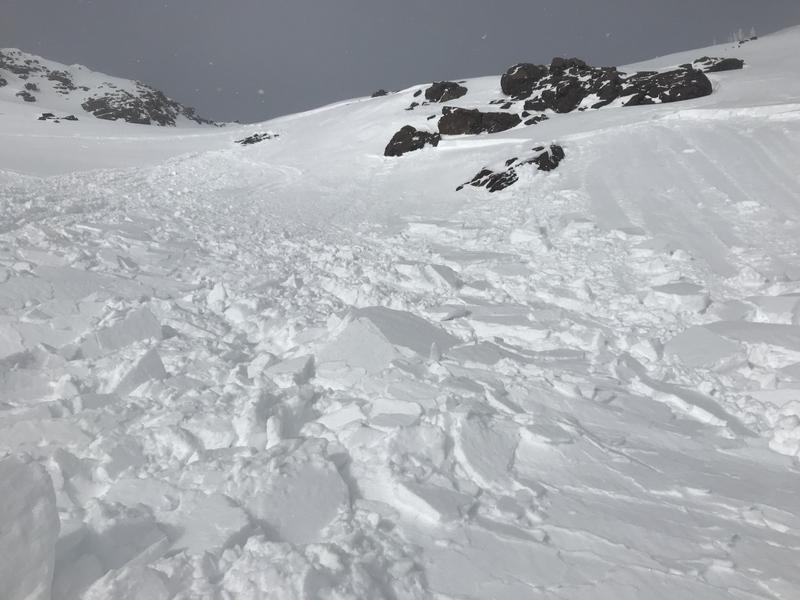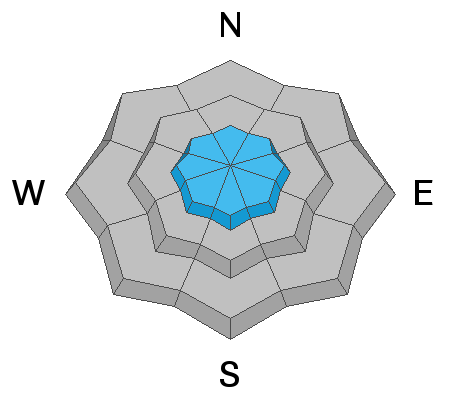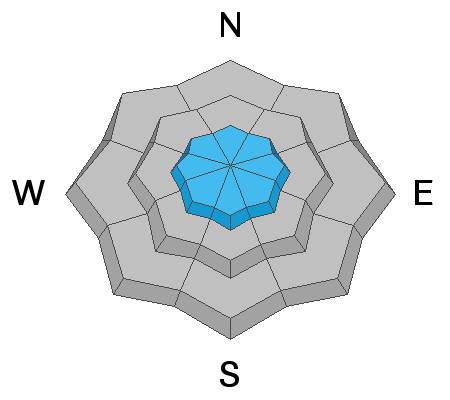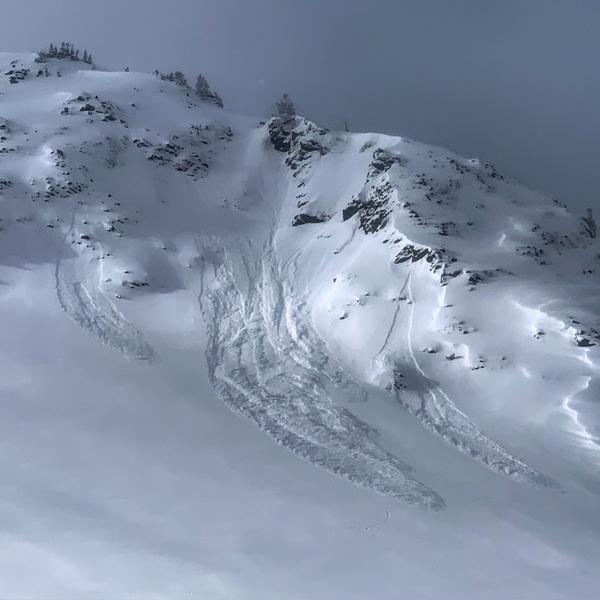Forecast for the Provo Area Mountains

Issued by Evelyn Lees on
Thursday morning, December 27, 2018
Thursday morning, December 27, 2018
The avalanche danger is MODERATE on all steep upper elevation slopes, where sensitive wind drifts, sluffs and new snow soft slabs can be triggered.
There is also a MODERATE danger for triggering a deeper slide failing on facets near the ground. The most likely place would be an upper elevation slope facing northwest through north through easterly, with a shallow or rocky snowpack.
Travel one at a time in steep terrain, keep your partner in sight and be in position to get to them quickly should there be an avalanche.
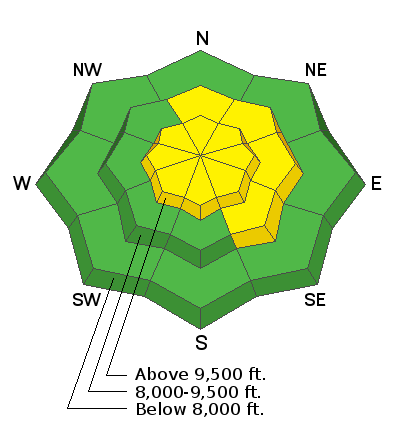
Low
Moderate
Considerable
High
Extreme
Learn how to read the forecast here


